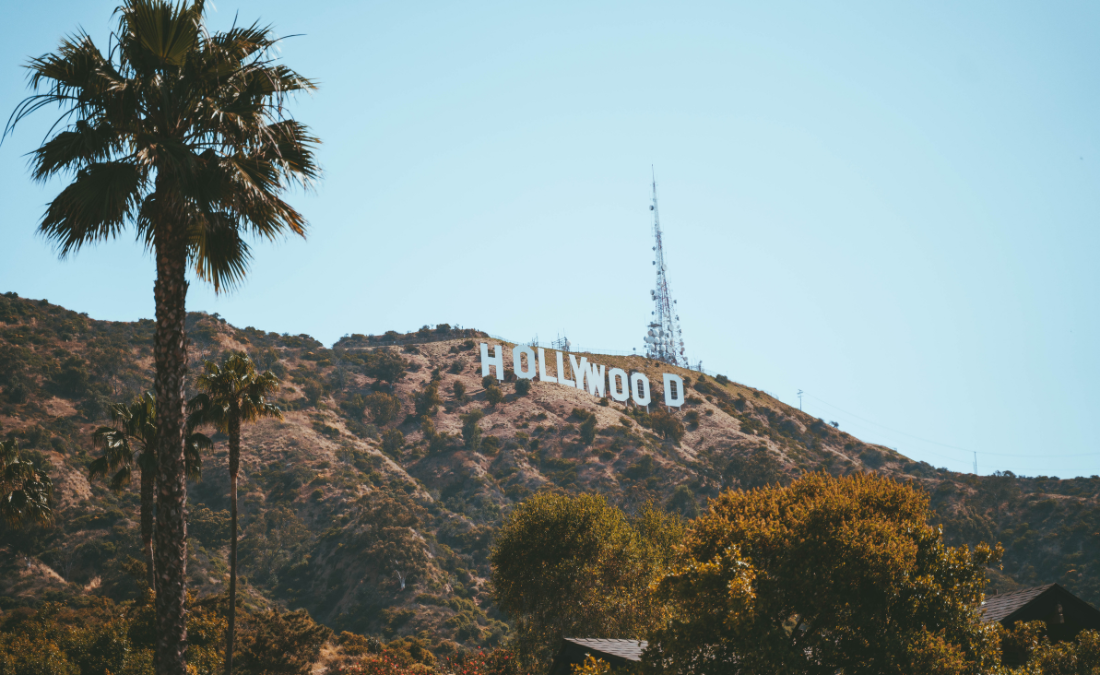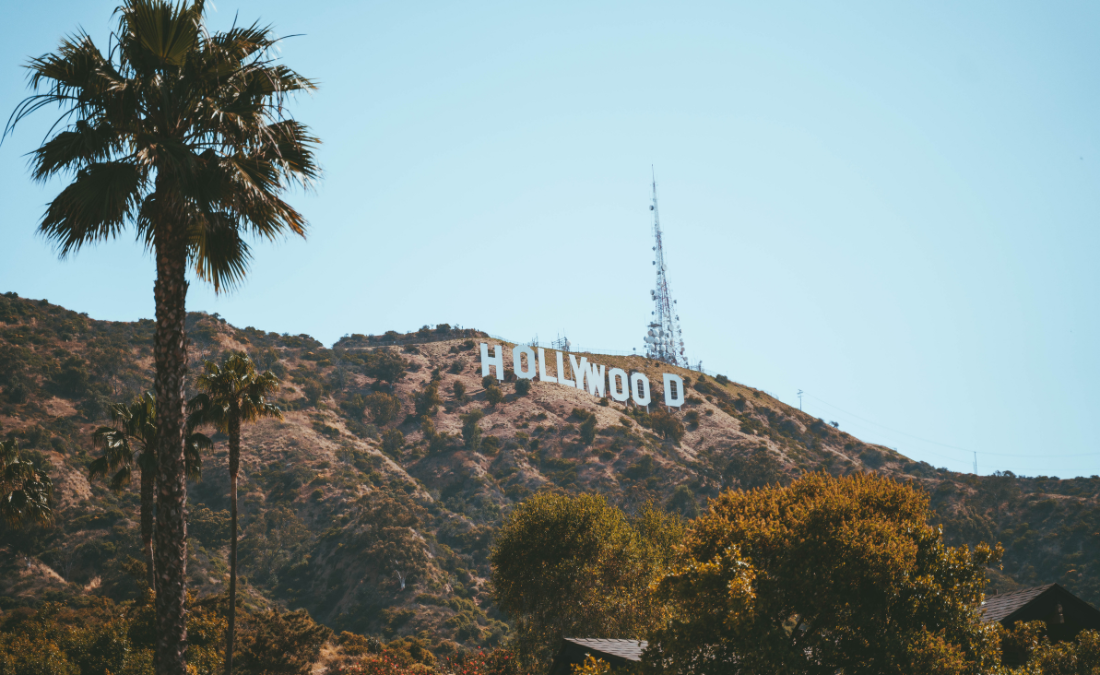Hollywood, the dream factory that has captivated global audiences for over a century, finds itself at an unprecedented inflection point. The past few years have been a whirlwind of seismic shifts, marked by historic labor disputes, a redefinition of content consumption, the disruptive rise of artificial intelligence, and a persistent quest for sustainable business models in a saturated market. Far from a mere evolution, the industry is undergoing a fundamental metamorphosis, forcing every player—from studio executives to frontline creatives—to adapt or risk obsolescence.
This article delves into the critical developments shaping Hollywood’s present and future, exploring the aftermath of the WGA and SAG-AFTRA strikes, the evolving streaming landscape, the precarious balance between theatrical and digital distribution, the transformative (and terrifying) potential of AI, and the ongoing efforts towards greater diversity and inclusion.
The Echoes of the Strikes: A Redefinition of Labor and Value
Undoubtedly, the most impactful events of 2023 were the simultaneous strikes by the Writers Guild of America (WGA) and the Screen Actors Guild – American Federation of Television and Radio Artists (SAG-AFTRA). These historic stoppages, the first joint strike since 1960, brought the industry to a grinding halt, costing the California economy billions and delaying countless productions. While the immediate cause was a dispute over compensation in the streaming era, the underlying tension was far deeper: a battle for fair value, job security, and creative control in the face of rapidly changing technological and business models.
Key Demands and Outcomes:
Writers fought for increased residuals from streaming projects, minimum staffing levels for writers’ rooms, and protections against the unchecked use of AI in generating scripts or adapting existing material. Actors similarly sought better residuals, especially given the opaque viewership metrics of streaming platforms, and robust safeguards against AI scanning and replication of their likenesses without fair compensation or perpetual consent.
The eventual resolutions, after months of intense negotiation, marked significant victories for both unions. The WGA secured improved minimum compensation, increased streaming residuals, and specific guardrails for AI usage, establishing a precedent that AI cannot be used to rewrite literary material or train AI models on writers’ work without explicit consent and compensation. SAG-AFTRA achieved groundbreaking protections against AI, particularly regarding "digital replicas," ensuring performers’ consent and fair compensation are required for the creation and use of their AI-generated likenesses. They also secured substantial increases in minimums and a new streaming participation bonus.
Lingering Impact:
While production is slowly resuming, the strikes have left an indelible mark. They exposed the precarious nature of creative work in the gig economy, highlighted the vast disparity between executive compensation and frontline workers’ pay, and brought the threat of AI from abstract concept to immediate concern. The agreements set crucial precedents, but the conversation around AI, residuals, and labor rights in the digital age is far from over. Trust between labor and management has been strained, and future negotiations will undoubtedly build upon these foundations, potentially leading to a more equitable, albeit complex, industry landscape.
The Streaming Wars: From Subscriber Growth to Profitability
The "streaming wars" that dominated the early 2020s are evolving. The initial land grab, characterized by aggressive content spending and a relentless pursuit of subscriber growth at any cost, has given way to a more sober reality: the imperative of profitability. With market saturation looming and investors demanding returns, platforms are pivoting their strategies.
Key Shifts:
- Ad-Supported Tiers: Nearly every major streamer, from Netflix to Disney+, has introduced or is planning cheaper, ad-supported subscription tiers. This move aims to attract price-sensitive consumers, generate new revenue streams, and diversify their business models beyond pure subscription fees.
- Password Sharing Crackdowns: Netflix’s successful crackdown on password sharing, which unexpectedly led to a surge in new subscriptions, has inspired competitors to implement similar measures. This signifies a shift from lenient growth strategies to stricter revenue optimization.
- Content Curation over Quantity: The "more is more" approach is being re-evaluated. Studios are scrutinizing content budgets, canceling less-performing projects, and focusing on high-impact, critically acclaimed, or franchise-driven content that can justify subscription costs. Warner Bros. Discovery, under David Zaslav, has been particularly aggressive in this area, culling projects and even removing existing content from its platform for tax write-offs.
- Bundling and Partnerships: To combat churn and offer greater value, platforms are exploring bundling options (e.g., the Disney Bundle with Disney+, Hulu, and ESPN+) and strategic partnerships with other services or even telecommunication companies.
- Theatrical Window Reassessment: While streaming has disrupted the traditional theatrical window, the industry is finding a new, often shorter, equilibrium. The success of certain films in cinemas has reinforced the value of the big screen experience, but the rapid transition to streaming remains a key part of a film’s lifecycle.
The streaming landscape is maturing. The days of unsustainable spending are largely over, replaced by a focus on efficiency, diversified revenue streams, and a clearer path to sustained profitability. This shift, while necessary for business health, could lead to fewer overall projects, but potentially higher quality output as platforms become more selective.
The Theatrical Experience: A Resilient Comeback, But Not for All
Despite the rise of streaming, the theatrical experience proved its enduring appeal in 2023, largely thanks to phenomena like "Barbenheimer." The simultaneous release of Greta Gerwig’s Barbie and Christopher Nolan’s Oppenheimer became a cultural moment, demonstrating that audiences will flock to cinemas for event-driven, quality storytelling that generates buzz and offers a communal experience. Barbie alone grossed over $1.4 billion worldwide, becoming the highest-grossing film of the year.
Challenges Remain:
While "Barbenheimer" was a triumph, it also highlighted the precarious state of mid-budget films. Movies that aren’t part of established franchises, superhero universes, or cultural zeitgeists often struggle to find an audience in theaters, quickly transitioning to streaming. Studios are increasingly focusing their theatrical slate on proven IP, blockbusters, and star-driven spectacles, leaving a void for original, character-driven dramas or comedies that once thrived on the big screen.
The shortened theatrical window—the period between a film’s cinema release and its availability on digital platforms—appears to be the new norm. While some filmmakers and exhibitors advocate for longer windows, the economic pressures and consumer demand for immediate home access make a return to pre-pandemic norms unlikely. The future of cinema lies in offering an experience that cannot be replicated at home, whether through IMAX, premium formats, or unique marketing campaigns that create a sense of urgency and cultural participation.
The AI Revolution: Hollywood’s Next Frontier (and Fear)
Artificial Intelligence (AI) emerged as a central flashpoint during the strikes and continues to be the most discussed technological force shaping Hollywood. Its potential is both exhilarating and terrifying, promising unprecedented efficiency while threatening creative control and job security.
Opportunities:
- Pre-production: AI can assist in script analysis, character development, storyboarding, location scouting, and even generating preliminary visual concepts.
- Production: AI-powered tools can optimize scheduling, manage budgets, and enhance special effects. Virtual production, using LED volumes and real-time rendering, is already revolutionizing how films are made, blurring the lines between physical and digital sets.
- Post-production: AI can streamline editing, color grading, sound mixing, and visual effects, potentially reducing costs and turnaround times. Generative AI could even create synthetic voices, de-age actors, or fill crowd scenes.
- Distribution & Marketing: AI can analyze audience data to optimize release strategies, target marketing campaigns, and even personalize content recommendations.
Threats and Ethical Dilemmas:
The primary fear, as articulated by the striking unions, is the displacement of human labor and the devaluation of creative work. Writers worried about AI generating first drafts or summaries, thus reducing the need for human writers or lowering their compensation. Actors expressed grave concerns about studios scanning their likenesses and using AI to create "digital doubles" that could perform without their presence or ongoing compensation, effectively sidelining them.
Other concerns include:
- Copyright and Ownership: Who owns AI-generated content? What if AI is trained on copyrighted material without consent?
- Authenticity and Artistic Integrity: Will AI-generated content lack the unique spark of human creativity? How will audiences distinguish between real and synthetic performances?
- Deepfakes and Misinformation: The ability to create hyper-realistic synthetic media poses significant ethical challenges, particularly in an era of widespread misinformation.
The industry is in a race to understand, regulate, and ethically integrate AI. The agreements from the strikes are a crucial first step, but a broader framework for responsible AI development and deployment is still needed to harness its potential while safeguarding human creativity and livelihoods.
Diversity, Equity, and Inclusion (DEI): An Ongoing Imperative
The push for greater diversity, equity, and inclusion in Hollywood, both in front of and behind the camera, remains a critical and evolving conversation. Following the "OscarsSoWhite" movement and the broader societal reckoning on systemic inequalities, the industry has made concerted efforts to diversify its workforce, storytelling, and representation.
Progress and Challenges:
Initiatives like the Academy’s inclusion standards for Best Picture eligibility, studio-specific diversity programs, and the rise of diverse voices in leadership roles have led to tangible progress. More films and TV shows are featuring diverse casts, telling stories from underrepresented communities, and hiring women and people of color in directing, writing, and producing capacities.
However, the journey is far from over. Challenges persist in ensuring equitable pay, breaking through glass ceilings in executive leadership, and sustaining momentum amidst occasional backlashes or "DEI fatigue." The industry must continue to address unconscious bias, create inclusive sets, and ensure that the stories being told authentically reflect the global audience they serve. The strikes also highlighted how precarious work conditions disproportionately affect marginalized groups, underscoring the interconnectedness of labor rights and DEI.
Conclusion: A Future Forged in Adaptation
Hollywood stands at a precipice, looking out onto a landscape dramatically altered by technology, shifting consumer habits, and a renewed emphasis on labor value. The turbulence of the past few years has been a crucible, forcing the industry to shed old models and embrace new realities.
The path forward is not without its challenges. Economic pressures, the ethical integration of AI, the sustainable balancing of theatrical and streaming, and the continuous pursuit of diversity and equity will demand ongoing innovation and difficult decisions. Yet, Hollywood has always been an industry defined by its ability to adapt, to reinvent itself, and to continue telling stories that resonate with the human experience.
The future of the dream factory will be forged by its capacity to embrace technological advancement responsibly, to nurture its creative talent equitably, and to deliver compelling narratives that can unite audiences across all platforms and screens. The golden age of Hollywood may be behind us, but a new, perhaps more complex, but potentially more vibrant and equitable era is just beginning.

